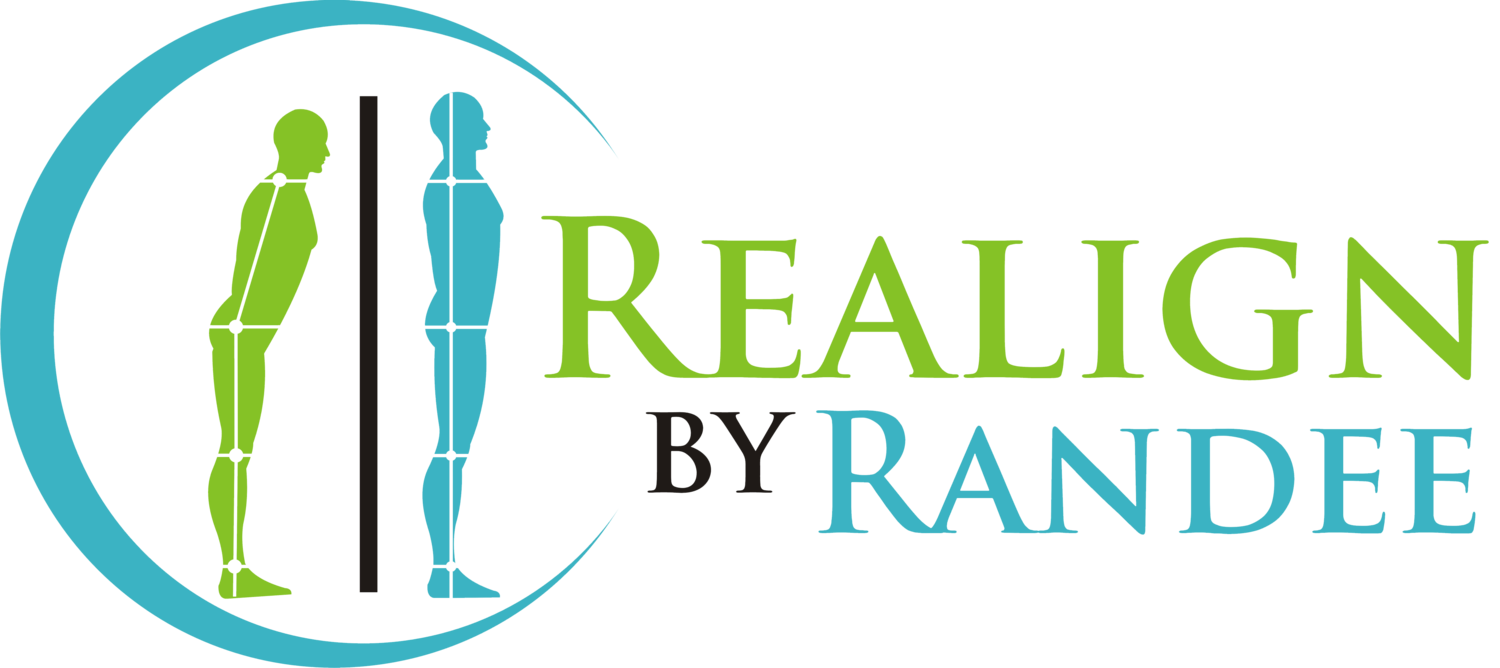Part II • How do I know if my back pain symptoms are coming from the Sacroiliac joint dysfunction?
In this blog post you will learn about the sacroiliac joint, also known as the SI joint. My strong interest in the SI joint is from personal experience. Being an active teenager I enjoyed tumbling and cheerleading, I had my first back injury to the sacroiliac joint at the age of 15; I didn’t know what caused me such so much pain at such a young age. Fast-forward to becoming a physical therapist many years later, I began to really understand what had caused my terrible back pain that was inching into my buttocks. Over the years, I have had some re-occurrences in this area of my back. This pain motivated me to keep digging deeper and learn more about how to best treat sacroiliac dysfunction. The details we will look closer at are: who does sacroiliac dysfunction typically affect, what is the mechanism of the injury or what causes it, and the current trends resulting in changes over the past 25 years.
Historically, sacroiliac joint misalignment happens to more petite active females (men you are not off the hook yet…. read on). The reason for this is the joint surfaces in the female pelvis are smaller and flatter allowing for more motion. Women go through hormonal changes which cause ligament laxity to all joints. Ligaments that are stretched or lax around a joint do not support the area as well therefore, the joint can shift easier. The females tend to have a habit of one leg standing, leaning onto one hip which tends to create imbalance as well. Again, Sacroiliac dysfunction is a small shifting of bones which results in muscle imbalance, muscle spasms and sometimes pressure on a nerve.
Let us move on to the mechanisms that tend to cause Sacroiliac dysfunction. Think back to some of the incidents you might have experienced. You might have had a fall into a seated position jolting the pelvis. A second possible cause is a vertical force on an extended leg for example, if you miss a step when walking, stepping off a curb, or jumping over something such as to avoid a puddle. Another mechanism is a golf swing especially when the club hits the ground when you expected to have ease of movement with follow-through when you hit the ball. Other onsets include sudden bending or rotating, lifting or carrying heavy objects
The current trend brings us back to the issue of frequency with male vs. female. In my first years as a therapist, I did see sacroiliac dysfunction typically in the young petite, active female. The trend in physical therapy today is the misalignments are happening much more frequently over all, and equally to men and women. The reason I believe this change has occurred is due to all the sports and activities such as triathlons, marathons, cross fit, orange theory, boot camp and other highly intense activities that adults, teenagers and children are participating in. Sacroiliac dysfunction happens when you are more active due to the joint being micro-mobilized while exercising making it more mobile. If a joint is hypermobile it shifts and moves easier.
The bad news is the pain caused by sacroiliac dysfunction can be very frustrating and debilitating. The good news is it is one of the more treatable aspects to low back pain. We looked at who, SI dysfunction typically affects, what causes it, and the current trends which brings about how frequent this is occurring. If any of this sounds familiar and is what you are experiencing yourself, know that there are great therapists out there to help with this condition.
Once recovered from back or SI pain, it is valuable to continue to stay active. A common activity people like to do is working out in the gyms or fitness classes. It is beneficial to make sure you are addressing the muscles on the front and the back of the body, as well as the deeper, and more superficial muscle layers. Commonly, the muscles that get addressed the most are the ones that are visible and draw attention aesthetically, such as chest, abdominals, biceps, triceps, quadriceps, and gluts. It is important to include all the muscles on the back side of the body throughout an overall workout plan. Here is another great article to read called “Best Dumbbell Back Exercises” by Sports Domain Lab to help in creating a comprehensive workout plan.
